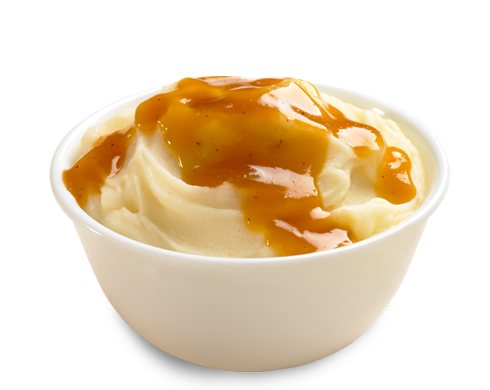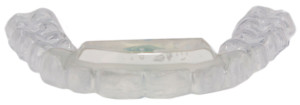TMJ/TMD
TMD Treatment Options
When diagnosed with TMD, you might experience pain and discomfort that ranged from mild and infrequent to severe and constant or even debilitating. Treatment of TMD may differ from person to person, depending on each individual’s level of pain and associated disability. If your symptoms are not interrupting your daily activities, or the pain can be described as a one or three on a ten-point scale, then it can often be managed through self-care. Some self-care options for treating your TMD might include the following:
- Take medicine for pain management: Over-the-counter pain relievers such as naproxen can minimize the experience of pain and reduce inflammation. A doctor may also prescribe stronger pain medications for pain relief. Prescription muscle relaxants may aid patients who grind their teeth by relaxing the muscles of the jaw. Low doses of antidepressants have also been found to reduce pain.
- Eat soft, small foods: Foods that don’t require much chewing due to small size or soft texture, such as soup, scrambled eggs, yogurt, beans and cooked, diced fruits and vegetables, will be easier to eat than foods that are hard, crunchy, chewy, thick or large. Salad is an example of a food that is chewy and should be avoided with a painful joint.
- Apply cold and hot packs: An ice pack or cold compress applied to the affected area for 10 to 15 minutes will reduce swelling and inflammation. Moist heat applied to the area between 10 to 15 minutes can also improve circulation to the area and reduce pain.
- Facial stretching and exercises: A doctor or physical therapist or may recommend stretches that can help reduce tension in the jaw. Perform prescribed exercises as directed to stretch the muscles of the jaw and relieve unnecessary muscle tension.
- Avoid high-tension jaw movement: Moving the jaw with excessive force can strain the joint and the muscles that open and close the mouth, and hamper treatments aimed at reducing the pain. Yawning and chewing should be kept to a minimum. Singing or yelling should also be avoided. Proper posture while on the phone or at a computer should be maintained. Avoid clenching the jaw. Practice keeping teeth apart by gently placing the tongue on the roof of your mouth behind your upper front teeth with your teeth slightly separated. Practicing stress reduction techniques to relax muscle tension in the jaw can help alleviate some of the pain and swelling associated with TMD.
- Use corrective oral appliances: Oral appliances may help reduce tension on the jaw muscles and the joint. Permanent changes in the bite through extensive crown or bridge work and orthodontics have not been proven to be effective and may worsen TMD symptoms. If a contributing factor is teeth grinding or clenching, a splint or night guard can be worn while sleeping. Clenching and grinding cannot be stopped but the oral appliance will help prevent tooth-to-tooth wear. The goal is that TMD symptoms will be reduced as the affected area experiences a period of reduced irritation and use.



Each available option will be discussed with you based on your pain with a recommendation by Dr. Amanda Juarez to best meet your individual needs.
Treatment for More Severe TMD
In other instances, the severity of the TMD condition might be so much more intrusive and painful that more invasive treatment options are required. However, special care must be taken before deciding to undergo any invasive solution. Surgical treatments are often irreversible and remain controversial, as they have not been proven effective by any studies or research. If surgery is being considered, that means all other treatment options have fallen short of providing satisfactory relief, and will be determined on a case by case basis.
Contact Dr. Amanda Juarez of Sweet Dreams Sleep Solutions for more information on TMD and what treatment options are available for your individual symptoms.
